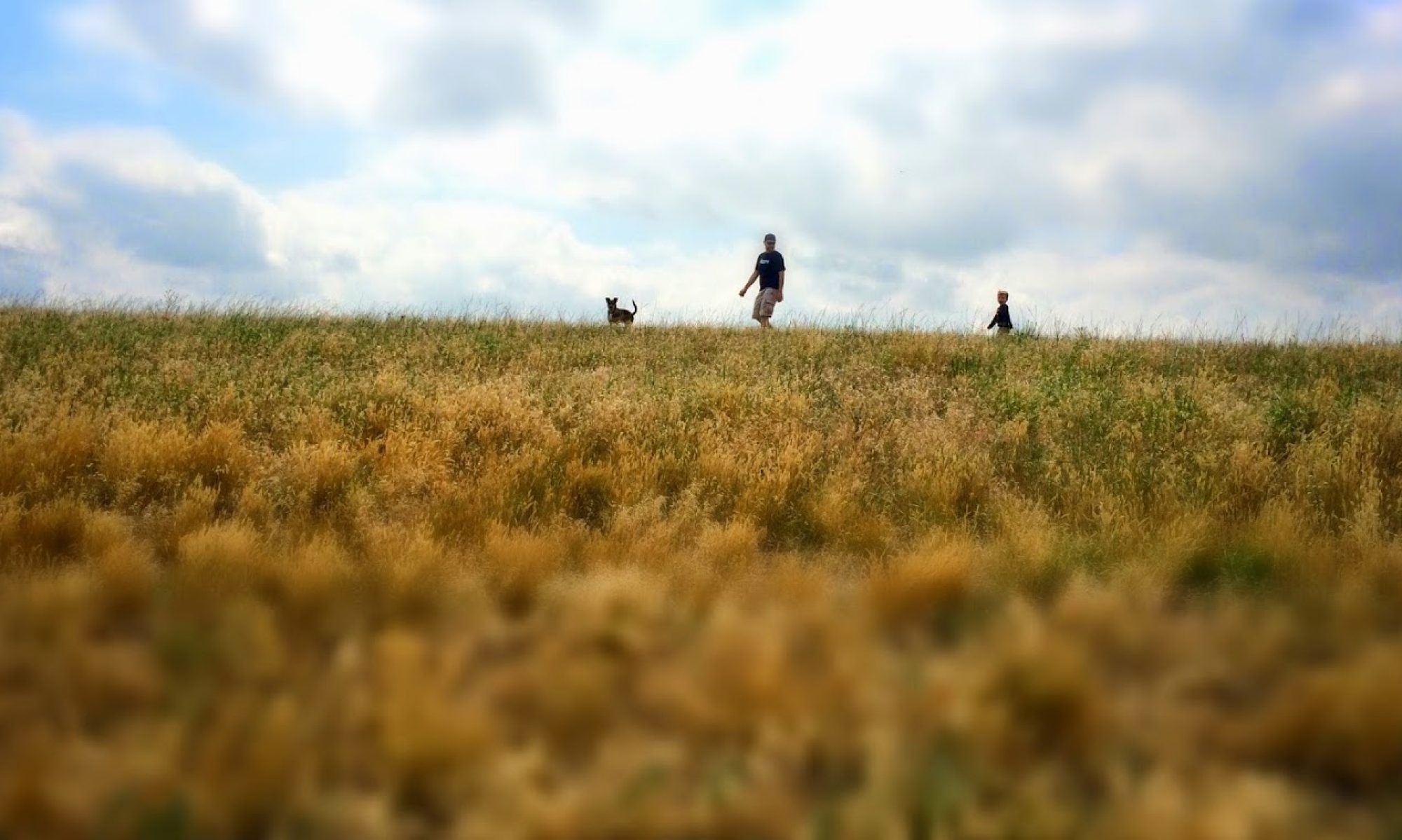First of all, I’m not entirely convinced I should be writing about this, but De asked:
@ChuckWendig @doycet I want one of you to write a couple of blog entries on DESCRIPTION, when how and why. I suck at it.
So… Okay. Fine. I’ll say something.
Now, to be clear, she asked about this awhile back, during nanowrimo, so I didn’t write about it then — the posts had mostly to do with that, and advice on description writing doesn’t (necessarily) apply in that context (actually, I can see how it might, now, but whatever). Chuck did write about it, though, and his advice is good, so I suggest reading it.
When De first asked about descriptions, I didn’t actually understood what she was talking about. (This particular failing of mine is depressingly common when it comes to My Brain and Things De Says.)
I thought I did. I thought she was talking about the @desc command.
Did I just lose you? Did the Nerdilus dive too deeply, too fast? I’ll back up.
Back in the Ancient Days, I played multiuser online games with no pictures. (I don’t have the heart to include a picture of the game interface in the post. Look here.) These games had many collective acronyms, all of which were far easier to pronounce than MMORPG.
Obviously, with no graphics, everything within the game exists only insofar as it can be represented by the written word. People. Things. Buildings. Rooms. Combat. Everything is description. When you ‘look’ed at something, you saw a block of text describing a thing.
‘look book’
> It’s a book.
I played on a lot of these games, and I ran a couple others, and I wrote a lot of descriptions of a lot of stuff: all those things I just mentioned, multiplied by some number that ends with ‘illion’. The command to write an object’s description is “@desc thing=whatever you want”. I think, at one point, I made “@desc ” a hotkeyed macro on my keyboard.
So you will forgive me this failing: when De asked me to talk about writing descriptions, that’s pretty much what I thought of. I didn’t think of any examples of descriptions from the stories I write because quite frankly, I don’t really write them. Seriously. I went back and looked at a bunch of existing work and there are damn few examples of a moment when the narrator or the main POV protagonist takes a moment to stop the action and describe someone or something in any kind of detail. (You know the passages I’m talking about, and if you don’t just pick up any of the Anita Blake books and look for a bit where some hot new guy is introduced. His description will get a page of text, at least.)
Having started with that assumption, I kind of waved my hands around, muttered something about Zelazny’s Rule of Three, and said I’d try to think of something more to say later.
I then waited so damn long that De wrote about it. (You got that? I took so flipping long that the person asking for thoughts started writing down her own. I suck.) In reading her post, I realized that I’d failed to understand her full meaning. I think I get it now. I was thinking too small.
I probably can’t explain it any better, but at least I’m facing the right direction.
Based on De’s post, I now read her use of the word description to mean “pretty much everything in the story that isn’t dialog.” That’s oversimplifying, probably, but I’m a simple guy. (Here, let me rephrase it so I don’t offend anyone: “Description, in the way I understand De to mean it, is ‘everything in one of my stories that isn’t dialog’.”)
De wrote:
I suspect the people who are good at it don’t have to think about it.
Maybe? I don’t know if I count as being good at it, but it’s definitely not something I think about very much. Honestly, this is probably the first time I’ve ever really thought about it.
Here’s my thought: to me, description is the story, breathing.
That’s going to sound over-precious, so let me break it down as much as I can.
- Description conveys facts.
- Done well, they convey more than one fact, some of which are delivered subtly, without the reader noticing.
- They happen all the time, and the way they happen – the when and the how of them – also delivers information and affects the mood and tone of the story.
That’s still a little artsy-fartsy, so let’s just work with an example.
I’m going to start with something that isn’t description. Dialog. From the second line of this post:
“So… Okay. Fine. I’ll say something.”
A serviceable line. Over-punctuated. Choppy. Too many… ellipses. Much like this one. It’ll do.
(Damn, my mind is just all over the place with this post. Too much to say.)
Let’s start with ellipses.
Ellipses are not to be trusted. I have rules about ellipses:
- Only allowed in dialog. The narrator should always know what he’s going to say.
- Only allowed even in dialog IF the character is actually letting a word trail off in some audible fashion. It may not be used to denote a simple pause between one word and the next.
- You get to use more ellipses if the character speaking is supposed to be extremely hesitant about everything they say. Maybe.
- In all other cases, if you have an ellipsis, there should probably be words there, instead.
The example dialog, checked against these rules, passes. The ellipsis gets to stay.
However, lots of writers fill their dialog with ellipses to show pauses and rhythm in speech. I would like to suggest that there’s a better way, and that’s by breaking up the dialog with description. Consider:
“So…” He tipped his head, frowning at me. I didn’t reply, and he shook away his confused expression. “Okay.” He looked at me once more, sidelong, as though expecting some kind of trick. “Fine.” He dropped into the overstuffed chair and slapped the arms with both hands. “I’ll say something.”
That’s overdoing it a bit, but it clearly has a big effect on the the rhythm of the line. It’s slow. It’s halting. It’s not entirely comfortable. There are gaps which you might even guess the guy is speaking simply to fill.
“So…” He kissed her on the forehead, right at the part of her hair. “Okay. Fine.” He gave her another hug, which she returned, laying her head against his chest. “I’ll say something.”
Ugh. Schmultzy. Smoother, however. Kind of flow-y. It’s not just about the description, but what the description does to the dialog.
“So…” A sharp movement of his head, trying to shake the image free. “Okay. Fine. I’ll say something.” He didn’t look at me. I wasn’t surprised.
Pop. Pop. Pop. The dialog is choppy already, so let all the choppy bits stay together to increase the clipped feeling. The description is partly sentence fragments, also, because we want it to feel jagged.
Gloomy, all these examples.
“So…” He bent his head far enough to meet my eyes. I smirked at the question in his expression, unable to keep up the act, and his eyes went wide. He threw his arms in the air, spun in a circle and whooped, drawing the attention of several bundled up pedestrians stomping by. “Okay. Fine.” He grinned, breath steaming in the mid-February cold. “I’ll say something.”
I started to reply, but he’d already turned away to let out another whoop, echoing over the ice-gray Hudson.
I don’t know if any of this even helps. De?
The point of description, aside from the information it conveys, is the rhythm is creates in its delivery; the way it’s woven into the dialog. The breathing. Sometimes it’s short and sharp and panting, and sometimes it’s heavy and labored, and sometimes it’s smooth and contented.
I wish I could tell you how I know this, or why I think it. I can’t. I acknowledge that that probably makes the whole thing less valuable.
Let’s talk about it in the comments.


You and I agree on dialogue, I think. Your examples of how to control pacing and break up pauses are right on. Good stuff.
Thanks, Will.
I wish I understood what I do well enough to explain it more cogently. This thing feels like I haven’t quite let it bake long enough, but I’m glad folks are finding good stuff anyway.
I would say (as far as I understand it now, and given that I so loved playwriting classes that they skewed my brain) that description is everything that isn’t dialogue or stage directions, as in “He took a swipe at her. She ducked.”
Hm…I know how to use stage direction to add beats to my dialogue, so no, not what I’m looking for yet. But I’m sure this is something most people don’t know, because I’ve had to explain it multiple times to other writers.
The kind of thing I’m looking more at is – when do you describe a building? When do you not describe a building? Why? When you do describe a building, how elaborate should you get? What is it that you’re trying to accomplish when you’re describing the building? What is it that you lose when you describe the building, other than the ability of the reader to fill in the details for you?
I will ponder what you’re talking about and see if I can’t noodle at it in another post. :)
I was once told that description was what you put into the story to keep the reader from being convinced the protagonist and everywhere they visited and everything they used came directly from the author’s office. I don’t believe it, but I kind of take it as a brief rule of thumb – describe what’s different about someone, and if you’re writing too much that’s different because it’s pretty? It’s fantasy and no one above the age of 12 really wants to read it.
Ahem. I’m only kidding.
Stephen King talks a bit about this in his stellar guide to the craft, ON WRITING, De. When to describe something? That’s artistry, and difficult to convey through anything but example, which I cannot do here (but maybe I’ll do up a post on this subject myself). When to describe is, in short, when something important first manifests, when you want to pause and take things in, or when you otherwise want to pace, if you will, the dialog that is the narration.
How much is easier to convey, but still not quick. A short example is King’s rabbit: Picture a soft white rabbit in a metal cage. Dyed into the fur on its back is a red numeral eight. Do you see the rabbit? Good, then. That may be enough. That is, the answer to how much is, simply, not too much. Stop short. If the makeup of the cage isn’t important to your story (e.g., it doesn’t have a lock that needs to be picked later, the rabbit doesn’t ever get caught in the bars, nobody has to pet it by cramming their fingers through the mesh), it’s all right to leave it to the reader’s imagination.
Don’t fill the prose full of details just because you can. Get us together, picturing something nearly the same, and leave us to fill in some of the blanks with our own mental details. It draws the reader in. So what if your rabbit has red eyes and mine has brown? What matters is that we’re both seeing the cage, the rabbit, the numeral eight, and that we’re both engaged.